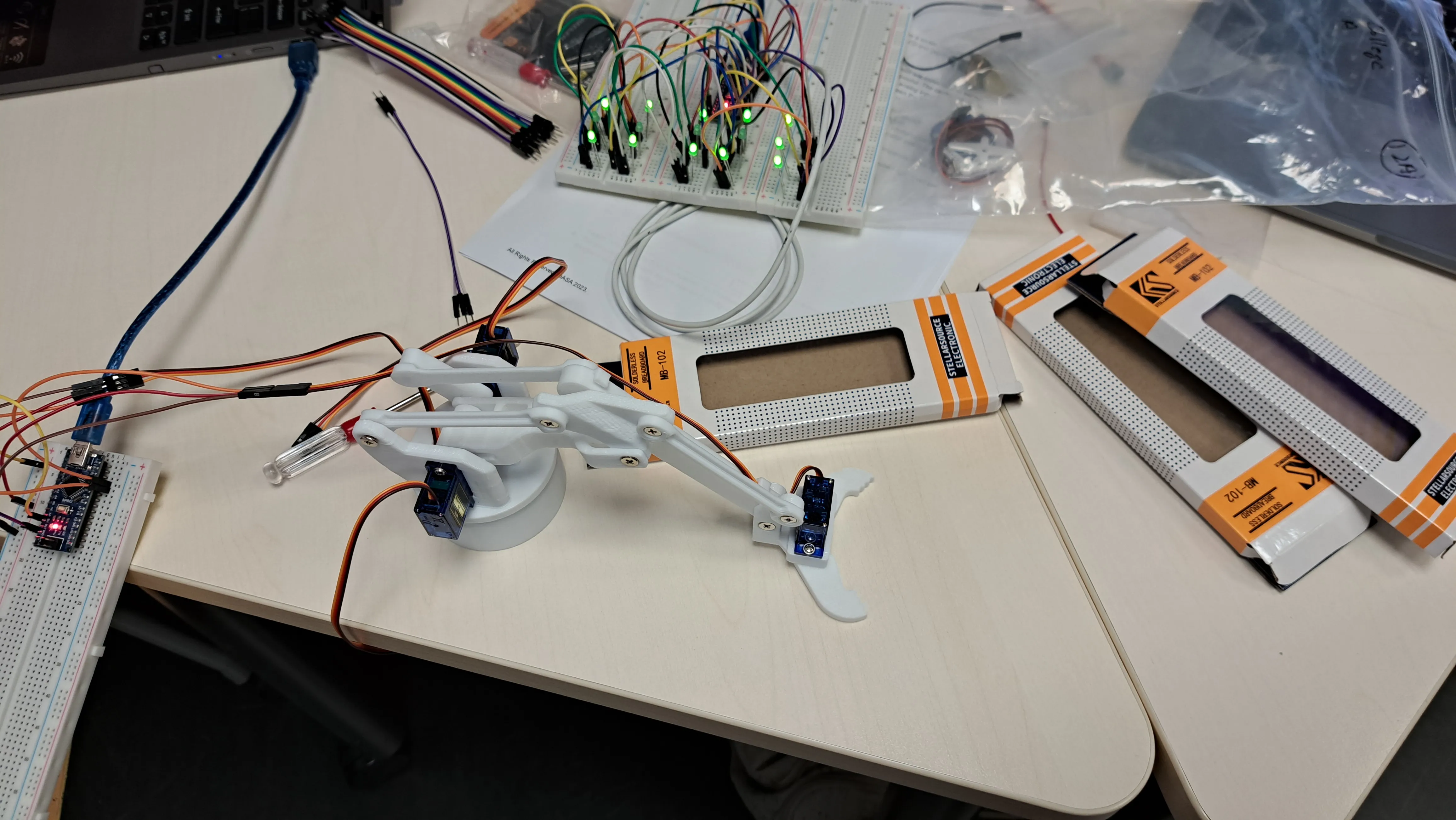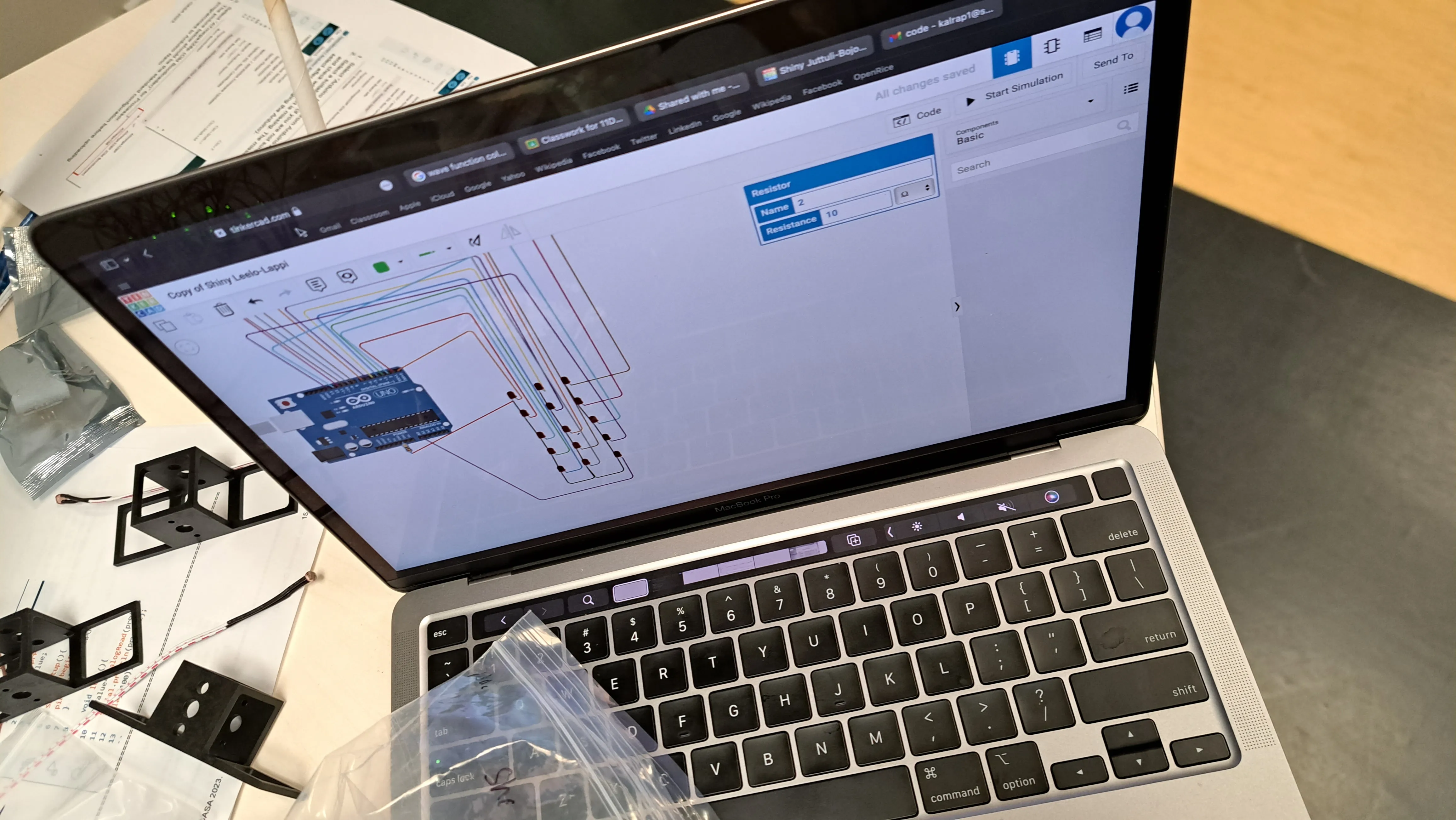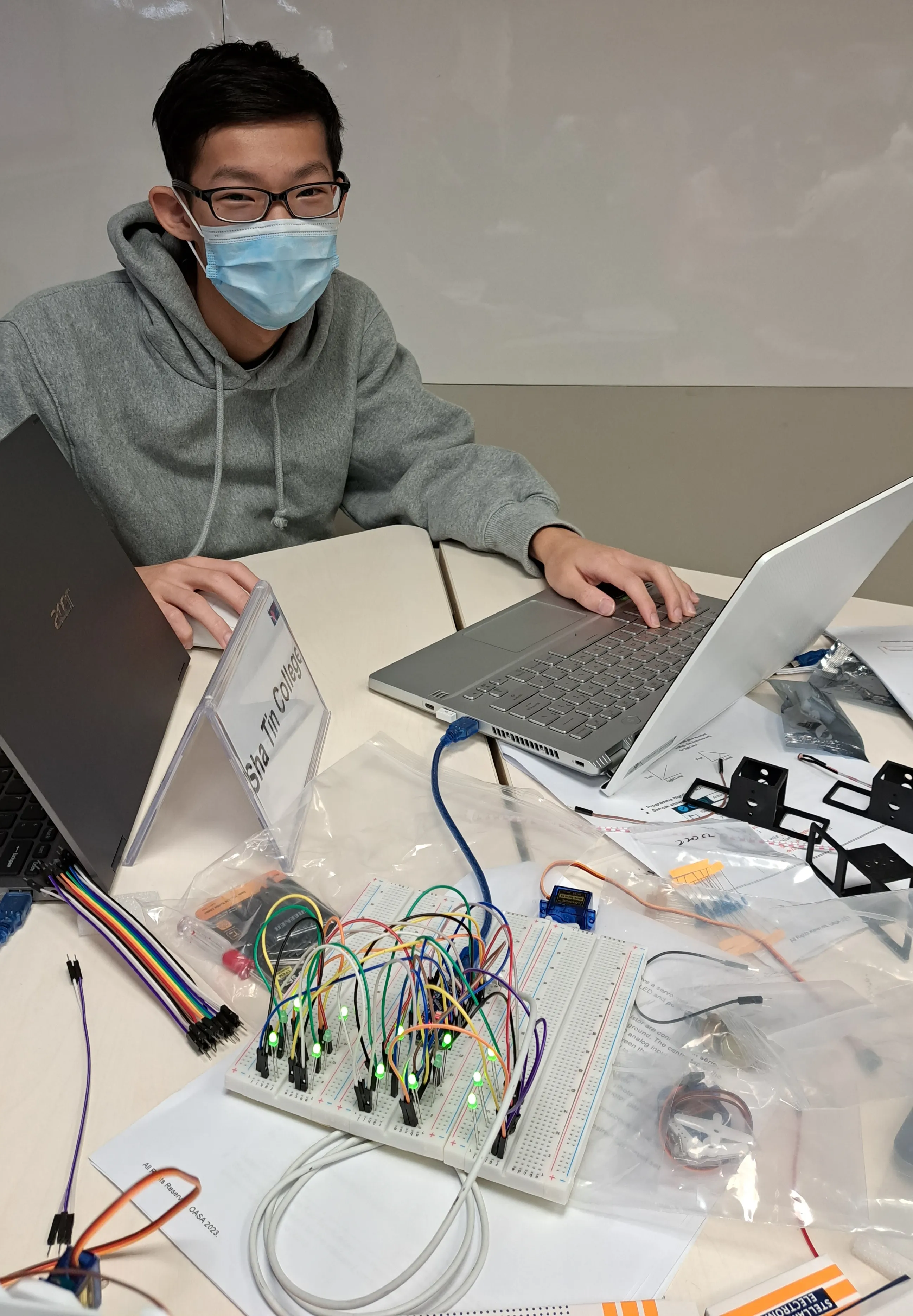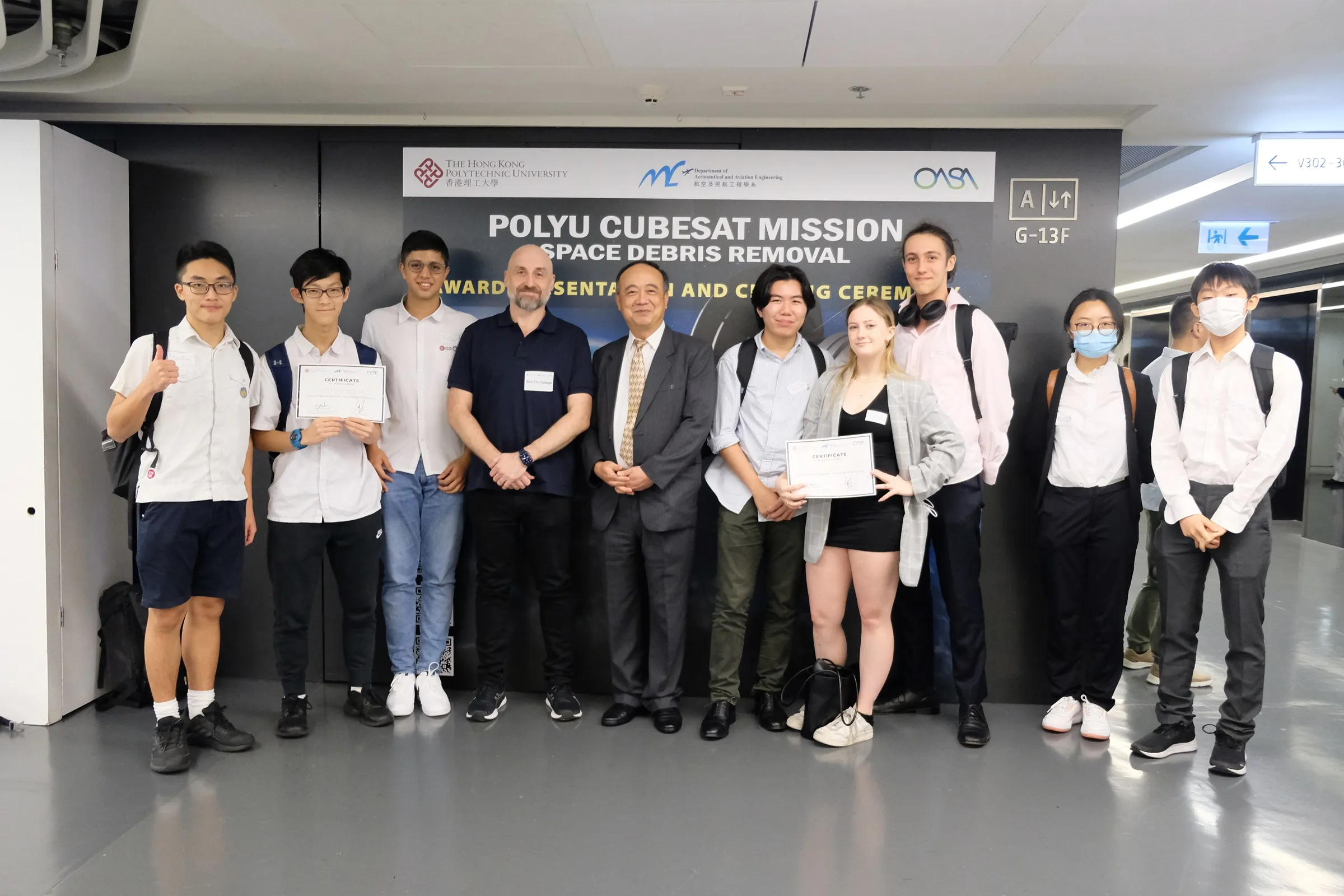This year, the AAE department at the Hong Kong Polytechnic University held a competition for high school students to propose a solution for using CubeSats to remove space debris in orbit.
I learnt a lot from participating in this competition, and our team finished in second place!
Lectures & lab tours
There were a variety of interesting lectures given during the course of the competition. Some of the ones that I particularly enjoyed were:
- A talk by Prof. C.Y. Wen, the chair professor of AAE, about the Entry, Descent and Landing (EDL) phases of a Mars rover mission PolyU contributed to
- A talk by Prof. Bo Wu on satellite remote sensing through techniques such as photogrammetry
- A talk by Prof. Bing Xu about low Earth orbit (LEO) satellites and their applications
We also got to visit some of the AAE labs at PolyU! We saw an unmanned autonomous vehicle (UAV) demonstration, an advanced motion capture system, a flight simulator with eye-tracking technology, and a supersonic wind tunnel!
Practical workshops
We got to partake in a series of hardware and software workshops.

Programming LEDs with an Arduino Nano

A robot arm, similar to those used for capturing space debris

Circuit modeling

Programming the Arduino Nano
We also got to build our own 3D-printed, functional CubeSat model to base our proposal ideas around.
Our proposal
We learnt from the workshops that CubeSats typically have around a three-year lifespan, assuming that they don’t have propulsion mechanisms like thrusters.
This inspired us to harness the existing momentum of space debris. To stay in orbit, space debris has to be moving really fast. Orbital velocity around Earth is given by the equation
where is orbital velocity, is the universal constant of gravitation, is the mass of the Earth and is the orbital radius (or semi-major axis). According to ESA, impact velocities can be up to 14 km/s 1!
We thought that this momentum would simply be wasted if the space debris removal satellite did not make use of it. To extend the duration of space debris removal missions, we wrote a program that used the A* algorithm to find an efficient route between space debris.
After this competition, I found a research paper that investigated our exact topic! They gave it the formal name of impulsive momentum exchanges and used a genetic algorithm (GA) to optimize missions, finding that such a trajectory could drive 73% of the mission at no propellant cost. It was very encouraging to find that our proposed idea was viable!
Award ceremony

Winning the second place award

Group photo of both Sha Tin College teams